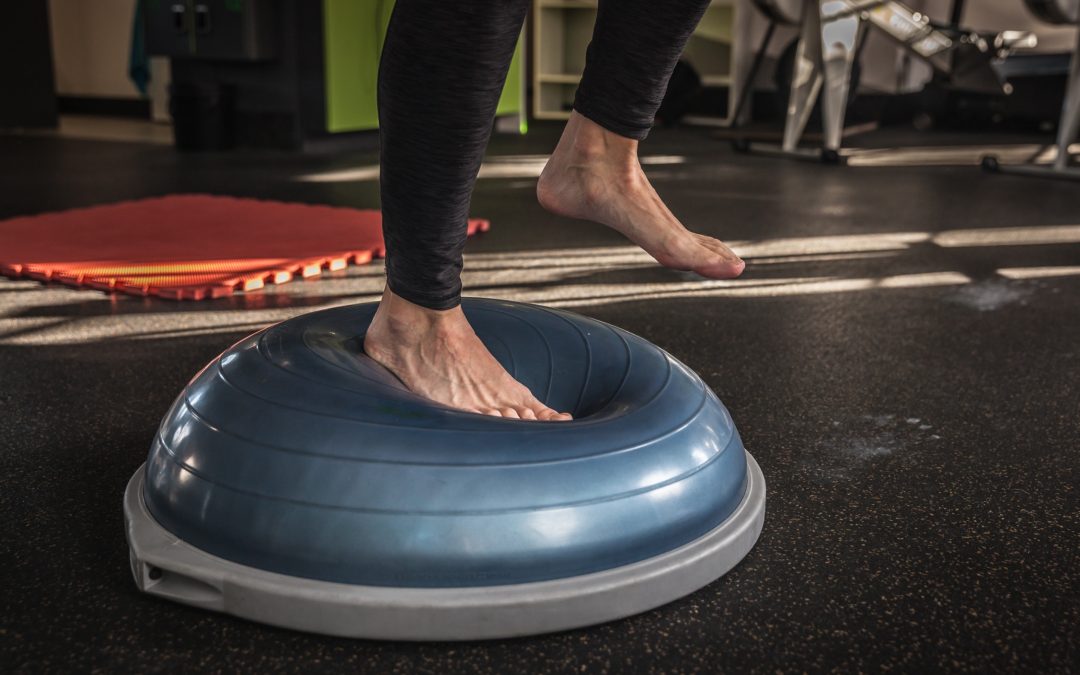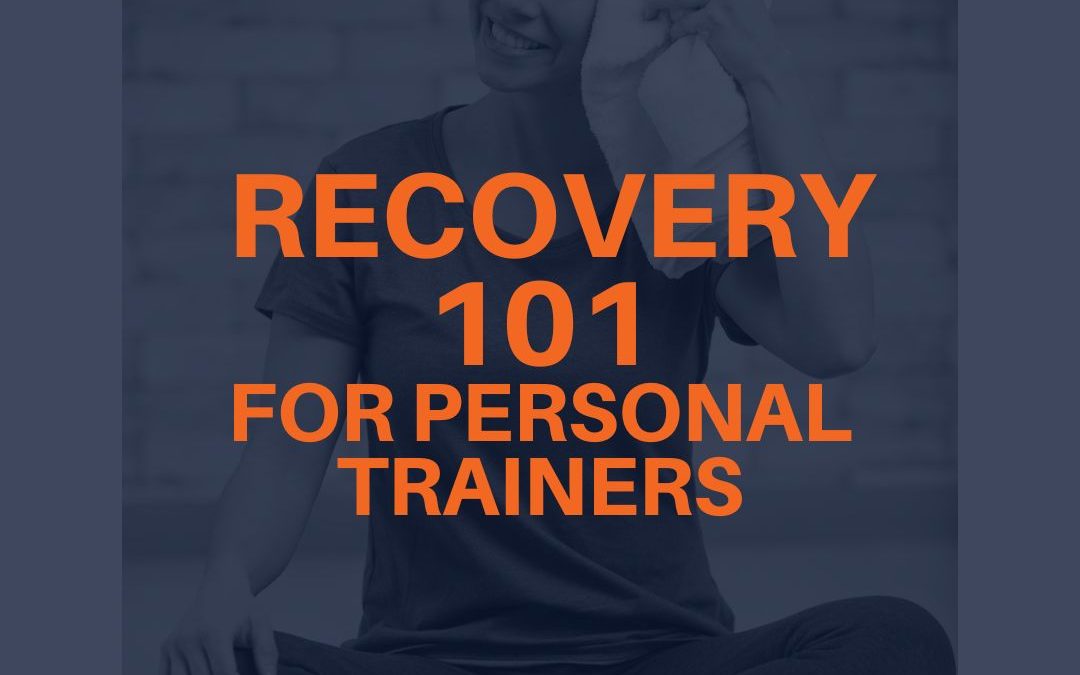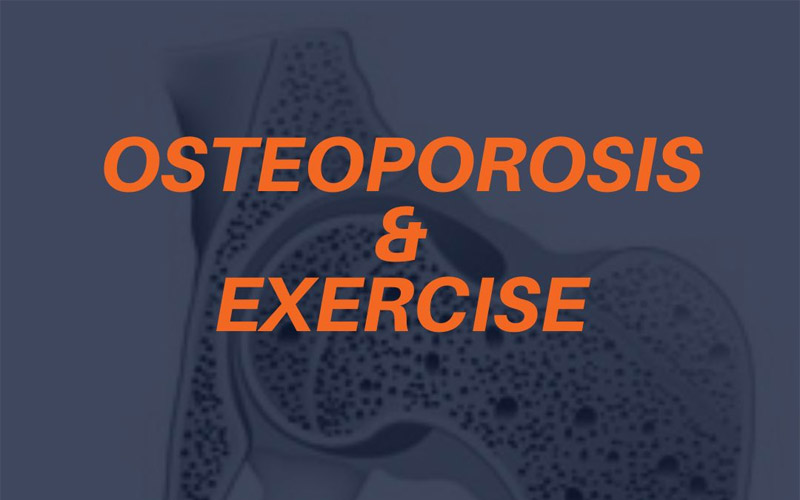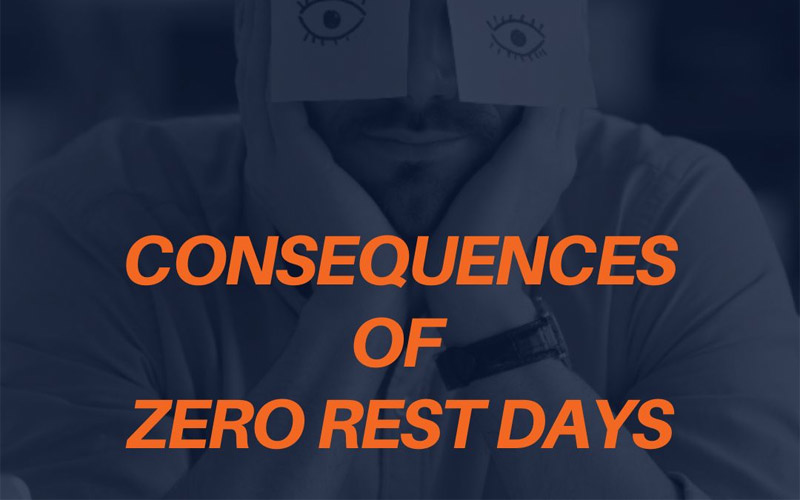Many of the traditional exercises which we either learned en route to getting certified, or along the way from various industry leaders and professionals, have the potential to cause injury. While...

Health and fitness articles to help personal trainers employ injury prevention and treatment approaches.

Many of the traditional exercises which we either learned en route to getting certified, or along the way from various industry leaders and professionals, have the potential to cause injury. While...

Image Options: 109497998 174949772 194667969 43951860 180638554 We require a stable sense of balance to successfully execute every movement of daily life, from standing to walking, cycling to raking...

The topic of whether to take over-the-counter supplements as a way of gaining an athletic edge often sparks debates on both sides of the fence. Creatine, a substance naturally produced in the human...

Effective recovery strategies can significantly impact your personal training clients' progress and overall satisfaction with their training program. Your clients rely on you as a coach to propel...
Do you or your personal training clients love training heavy back squats for strength, but feel the need to give the low back a break? Do you know how to make exercise programming adjustments for...
How much does our personal training clients' posture truly affect back pain? And what do activities of daily life (ADLs) have to do with it? What is Good Posture? Posture refers to the delicate...
Personal trainers are bound to address back pain complaints or conditions when working with adult clients. Back problems affect a considerable number of adults each year, ranking as the second most common complaint to physicians. Nearly 16 million adults — 8% — experience persistent or chronic back pain, curtailing many everyday activities. Over 2 million adults suffer permanent pain/disability. As the sixth most expensive medical condition in the United States, direct and indirect back-related healthcare costs can run over $12 billion per year.
Dorsalgia, one of the most common skeletal muscle syndromes, refers to pain in the upper back and includes sciatic pain, but excludes discomfort relating to scoliosis or lordosis. This painful condition often develops with age, particularly affecting those with a variety of comorbid conditions.

Osteoporosis is a disease that affects millions of people globally and is characterized by weak bones and a high risk of fractures. As a certified personal trainer, it's important to understand the...

Making progress is not about hustling all the time, never pressing pause, or having an infinite supply of willpower. In fact, this is the opposite of progress. It’s the grind that eventually...
As trainers, a lot of our work involves doing all we can to prevent injuries from occurring. Unfortunately, injuries still happen both under our watch and in our clients personal lives, so we are...